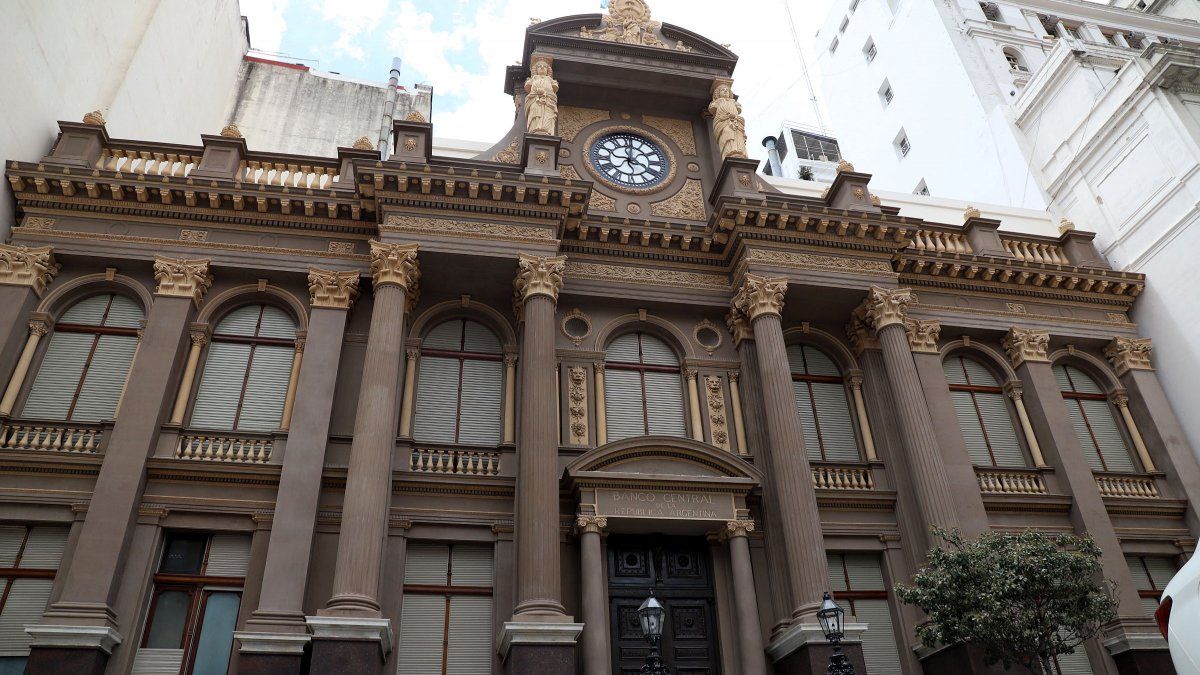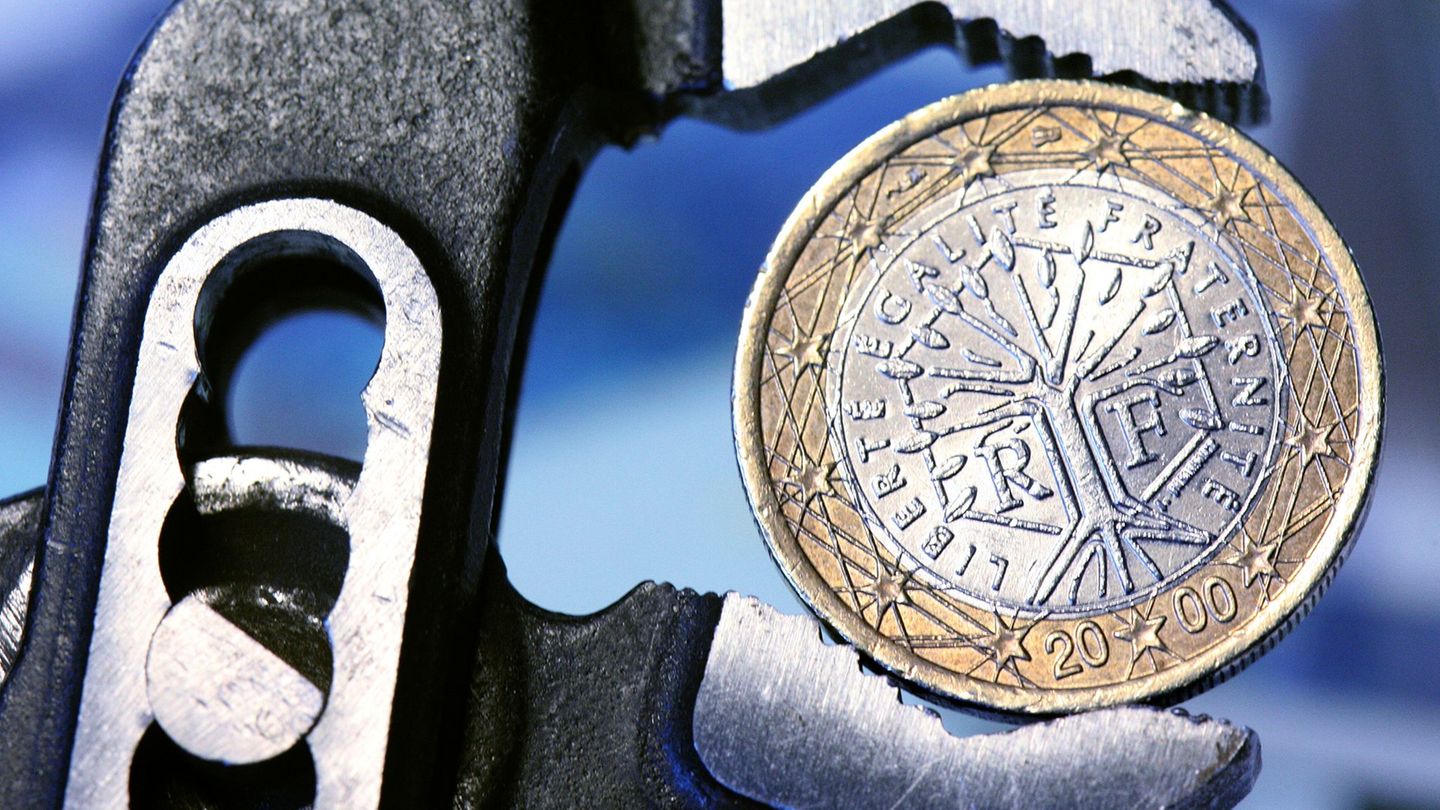The renewal of Leliq by banks is becoming less and less and that liquidity is redirected towards passive repos, which already exceeded $11.5 billion on Wednesday.
The outgoing Government leaves a fiscal deficit close to 15% of GDP, within it, The BCRA’s quasi-fiscal deficit reaches no less than 10% of GDP. Within this stock there was an important movement this week promoted by banking entities. Given rumors about how he will disarm the “Leliq bomb” is that There was a massive exit from this instrument (on Thursday alone for $1.6 trillion) towards passive repos ($1.6 million in aggregate terms). Thus, throughout the week the funds that came out of the Leliqs reached $3.3 billion and entered repos for $3.7 billion.
The content you want to access is exclusive to subscribers.
What is happening is that basically Private banks are dismantling the stock of Leliqs towards other instruments of the BCRA itself. This is how he tells it Delphos investment in a report this Friday: “Again The renewal in the Leliq tender on Thursday was very low (close to 10% of the total maturities)which continues the disarmament that began on Tuesday (roll-over of 40%). This liquidity seems to be redirected by banks to passive repos, which already exceeded $11.5 trillion on Wednesday and they could exceed Leliqs stock in a few more days“.


“Financial entities seem to be dismantling Leliqs demanding passive repos, LEDIV (BCRA bills adjusted by exchange rate) and Treasury bonds (especially dual bonds) in the last successful Treasury tenders and also via the secondary market. This way Financial entities seem to partially anticipate possible market initiatives of the new government, which could include the voluntary exchange of Leliqs for public bonds issued for that objective.“, they analyzed from Delphos Investment these last movements.
For its part, Salvador VitelliHead of Research Romano Group expressed that “it the short maturity profile of interest-bearing liabilities thickenedwhich it involves a mountain in 1 day. The Leliq/Pase ratio is at 0.7″ and added that “at these levels of fixed terms and leliqs, Banks would lose about $45 million a day due to a mismatch considering the rate spread“. For his part, the analyst Christian Butler remembered that “the $23 billion of remunerated liabilities (repos and Leliqs) are the counterpart of the $39 billion of deposits, of which $14.7 billion are placed at fixed terms with a rate of up to 253% TEA.”
Paid Liabilities: already reaches 10% of GDP
In a report of Roman Group indicated that the current stock of remunerated liabilities reaches a high level in historical terms, around 10% of GDP (these accruing a weighted average rate of 254% TEA). “The new presidente mentioned multiple times about solving the Leliqs problem (we assume Leliqs = Leliqs +Passes + Notaliqs), whose stock amounts to US$26.8 billion measured in CCL dollars“they explained.
On the other hand, a report from Econometric indicated that, with the monetization of the fiscal and quasi-fiscal deficit, The BCRA multiplied the amount of money in the economy tenfold over the last four years: “Several unregulated prices also multiplied tenfold in the period. In December 2019 The Expanded Monetary Base (BMA) was $2.9 billion, while currently it already amounts to $30.7 billion“.
“To contain all the pesos it issues and do not look for the dollar, The BCRA remunerates its own debt at a rate of 133% annually, equivalent to 11% monthly, but capitalization through the BCRA offers an effective annual rate of 253% TEA. The incessant increase in the stock of Leliqs, added to an increasingly high interest rate, the BCRA issued to pay the interest on its debt a total of 2.2 trillion pesos in October alone, equivalent to US$2.2 billion at the free exchange rate“, they explained from the same entity.
Following this logic, if the month of October is annualized, A debt stock of $23 billion, with an effective interest rate of 253%, implies that the BCRA would issue almost 60 billion pesos in the next twelve months just for its quasi-fiscal deficit.
Net reserves at historically low levels
The same report of Romano Group also revealed that “the deterioration of balance of the central bank reached unusually high levels, with net reserves around US$10.3 billionsomething unprecedented in recent history.” According to this same report, when broken down by concepts, the balance shows a deficit in hard currency US$7.9 billion. “The dollars available of the BCRA (although not its own), are US$5.8 billion“.
Source: Ambito




